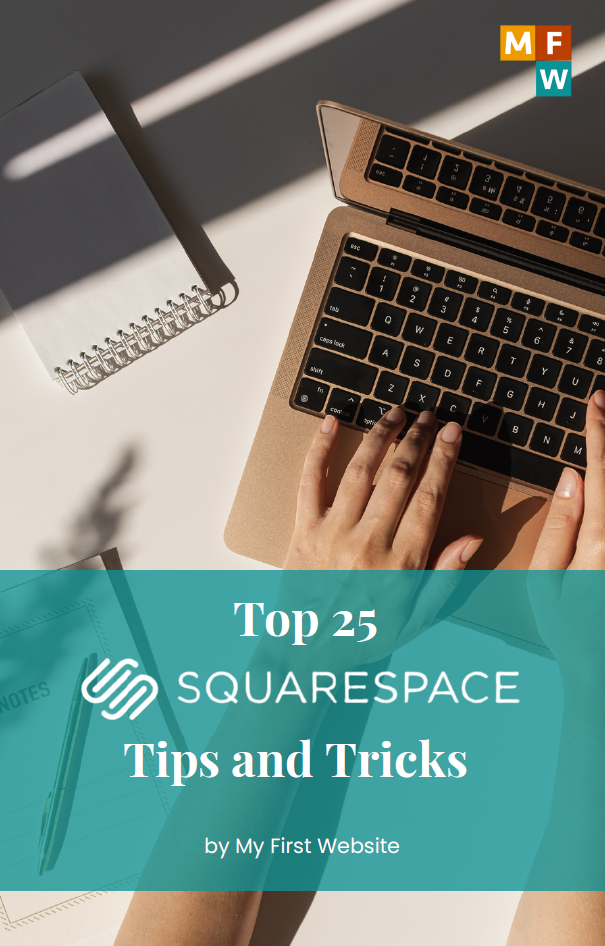WordPress is one of the most popular platforms for building websites. But with great popularity comes great responsibility, especially regarding security. This guide will walk you through the essential steps to secure your WordPress site in 2024. Let’s begin!
Why WordPress Security is Important
A secure website ensures your and your visitors’ data stays safe and your site remains up and running without interruption. When you implement security measures, you can prevent data breaches and keep your website running smoothly. If your website is not secure, it can lead to data breaches, loss of trust, and damage to your reputation or revenue. This could result in a loss of trust, damage to your reputation, and even a decline in revenue. To safeguard your data and your visitors’ data, it’s essential to prioritize website security.
Keeping WordPress Core, Plugins, and Themes Updated
The first step in securing your WordPress site is to keep it up to date. WordPress regularly releases updates for its core software, themes, and plugins. These updates often include security fixes for vulnerabilities that hackers could exploit.
Step-by-Step:
- Backup Your Site: Always back up your website before updating.
- Update WordPress Core: You’ll typically see a notification in your WordPress dashboard when a new update is available.
- Update Themes and Plugins: Check your dashboard’s “Themes” and “Plugins” sections regularly for updates.
Using Strong Passwords
Weak passwords are one of the most common ways hackers gain access to websites. A strong password is your first defense against unauthorized access.
Tips for Strong Passwords:
- Use a mix of letters, numbers, and special characters.
- Avoid common words or easy-to-guess information like your name or birthday.
- Consider using a password manager to generate and store strong passwords.
Using a Security Plugin
Security plugins add an extra layer of protection to your site. They can block hacking attempts, monitor for suspicious activity, and more. While we’ve mentioned a few security plugins, choosing the best one for your needs can significantly impact your site’s security. A security plugin can help protect your site from common threats, enforce strong password policies, and monitor your site for suspicious activity. Whether you choose Wordfence, Sucuri, or iThemes Security, ensure it aligns with your site’s needs and resources.
3 Recommended Plugins
WordFence
A powerful free WordPress security plugin with features like a built-in firewall, malware scanner, and login security. It is excellent for comprehensive protection but can slow down some websites.
- Pros: Offers a firewall, malware scan, and live traffic monitoring. It effectively blocks attacks and notifies you of potential security issues.
- Cons: The extensive features can overwhelm beginners, and the firewall occasionally blocks legitimate website traffic.
iThemes Security
a user-friendly plugin for hardening your WordPress site. It offers vigorous password enforcement and two-factor authentication but lacks a firewall and advanced malware scanning.
- Pros: Provides over 30 ways to secure and protect your WordPress site. It’s easy to use and includes two-factor authentication and file change detection features.
- Cons: Some features are only available in the premium version and can be resource-intensive on your server.
Sucuri Security
a free plugin with basic security features, but Sucuri also offers paid website security plans with cloud-based firewall protection and malware scanning. Consider Sucuri if you need a more hands-off, comprehensive security solution.
- Pros: It is known for its powerful website firewall and post-hack security actions. It also offers security activity auditing and malware scanning.
- Cons: The firewall is a premium feature, so there’s a cost involved in completing the protection.
Enable Web Application Firewall (WAF)
A Web Application Firewall (WAF) is your site’s first defense against external threats. By enabling a WAF, you’re putting a shield around your site that filters out malicious traffic before it reaches your WordPress installation. Both Sucuri and Wordfence offer WAF services, with Sucuri focusing on a cloud-based firewall that reduces the load on your server and Wordfence providing an endpoint firewall that runs on your server for deep integration with WordPress.
How It Works:
- You sign up for a WAF service.
- The service provides instructions on routing your website’s traffic through their firewall.
- The WAF then blocks hacking attempts and only lets legitimate visitors through.
Install a WordPress Backup Solution
Before we discuss more security measures, let’s discuss backups. Regularly backing up your website is crucial. It ensures you can restore your site to its previous state during a hack or data loss. Several plugins, such as UpdraftPlus or BackupBuddy, can automate this process. These plugins allow you to schedule backups and store them off-site on services like Dropbox, Google Drive, or the cloud.
Backup Tips:
- Use a plugin or your hosting provider’s backup solution to automate the process.
- Store backups in a secure location, such as cloud storage.
- Regularly test your backups by restoring your site to a test environment.
Move WordPress Site to SSL/HTTPS
Switching your site to SSL/HTTPS is not just good for security; it’s also good for your site’s credibility and search engine ranking. SSL (Secure Sockets Layer) encrypts the data between your user’s browser and your web server, making it harder for attackers to intercept and steal information. Most hosting providers offer free SSL certificates through Let’s Encrypt. Once you have an SSL certificate, you can move your site to HTTPS by updating your WordPress settings and implementing a plugin like Really Simple SSL to handle the technical adjustments.
How It Works:
- You sign up for a WAF service.
- The service provides instructions on routing your website’s traffic through their firewall.
- The WAF then blocks hacking attempts and only lets legitimate visitors through.
Recap of WordPress Security Steps:
- Keep Everything Updated: This includes your WordPress core, themes, and plugins.
- Use Strong Passwords: Make sure your passwords are complex and unique.
- Install a Security Plugin: Choose a plugin from Wordfence, Sucuri, or iThemes Security that suits your needs.
- Enable a Web Application Firewall (WAF) to protect your site from malicious traffic before it reaches it.
- Backup Regularly: Use a plugin to automate backups and store them off-site.
- Move to SSL/HTTPS: Secure the browser and server connection to protect user data.
By following these steps, you can significantly enhance the security of your WordPress website without needing to dive into any code.
Conclusion
Securing your WordPress site might seem daunting, but following these straightforward steps can significantly reduce your risk of being hacked. Remember, security is an ongoing process, not a one-time setup. Regularly updating your site, using strong passwords, implementing security plugins, and maintaining backups are all crucial practices. With suitable measures, you can focus more on growing your website and less on worrying about security threats.
Ready to Upgrade Your WordPress Website?
Check out our website for more deals on web hosting, builders, plugins, and more! Get your Free Website Setup to start your website with a proper foundation. If you’re considering premium web hosting, we’ve got an incredible offer for you.
Get a HUGE Deal using our coupon code ‘MYFIRSTWEBSITE’ for a 12-month Premium Web Hosting Plan with Hostinger. This deal makes starting your website more affordable and ensures you have the reliable, fast hosting needed to keep your site running smoothly.







